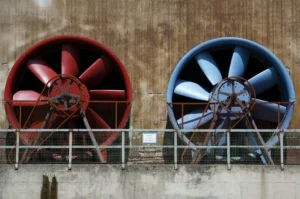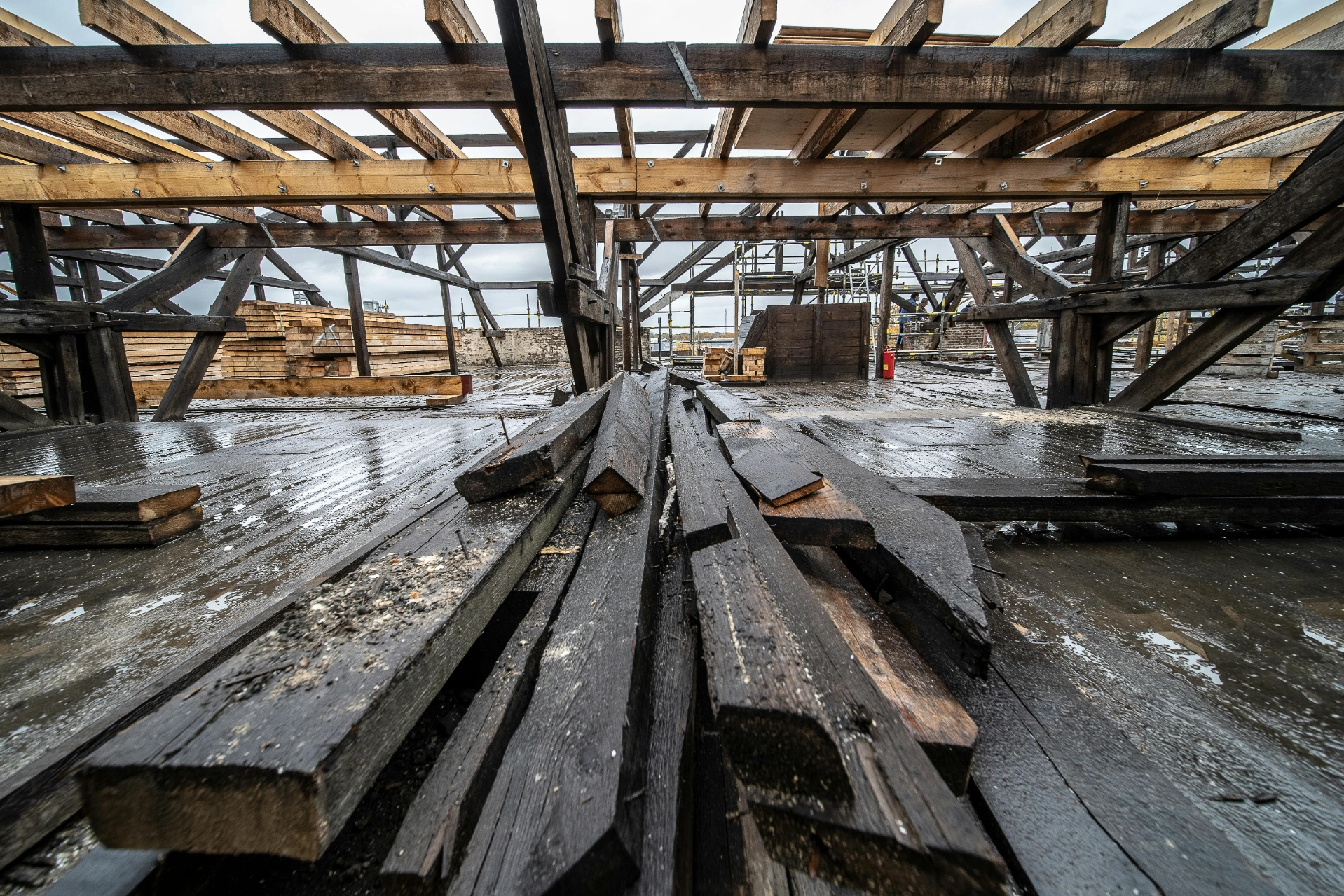In a modern home, indoor air quality is a key factor for health, comfort, and energy performance. However, many households still underestimate the role of a good ventilation system. This is where the VMC – Controlled Mechanical Ventilation – comes in, an essential solution in both homes and apartments.
But not all VMC systems are the same. Between single flow, hygroregulable, self-regulating, and double flow VMC systems, it can be difficult to choose. So, which VMC should you choose to ensure proper air renewal, expel polluted air, limit humidity, and reduce heat loss? And most importantly, is the double flow VMC worth the investment?
In this article, we help you understand the different types of VMC systems, compare their benefits, evaluate the cost of installation, and find the solution that best suits your home. Whether you’re looking to install a VMC in an apartment, improve ventilation in a humid room like the bathroom, or optimize the thermal comfort of your home, you’ll find everything you need to know here about VMC installation.
What Is a VMC? Understanding the Basics of Ventilation
Before choosing a type of VMC, it’s essential to understand its purpose in a home. A VMC – or Controlled Mechanical Ventilation – is a ventilation system that ensures continuous and controlled air renewal within a building. It expels polluted air (loaded with humidity, pollutants, or odors) and introduces fresh air from the outside.
Why Install a VMC?
The main goal of a VMC is to ensure clean air in all living spaces, especially in humid areas such as bathrooms or kitchens, where mold risks are high. Without effective ventilation, moisture accumulates, which can damage the building structure, degrade paintwork, and impact the health of the occupants.
Installing a VMC also helps to:
- Reduce unpleasant odors,
- Avoid condensation on windows,
- Ensure thermal comfort by limiting heat loss with models like the double flow VMC,
- Improve humidity levels in rooms.
Is a VMC Required in a Home?
In a new home, installing a VMC is mandatory under thermal regulations. However, even in older apartments or renovated houses, installing a VMC is highly recommended, particularly to limit energy loss and improve indoor air quality.
The Risks Without a VMC: Invisible Polluted Air
Without a VMC, the air in your home quickly becomes polluted: emissions from furniture, water vapor, cooking gases, cleaning products… all of this accumulates. The result? Polluted air, invisible but harmful, responsible for discomforts such as allergies, irritations, and headaches. A VMC helps prevent these issues by ensuring continuous air circulation.

Single Flow VMC vs Double Flow VMC: What’s the Difference?
When it comes to choosing a VMC, you need to first understand the two main types available on the market: single flow and double flow VMC systems. While their shared goal is to renew the air in your home, their operation and efficiency are quite different.
The Single Flow VMC: A Basic but Effective System
The single flow VMC is the most common type in older or renovated homes. Its principle is simple: it extracts polluted air from wet rooms (bathroom, kitchen, WC) through extraction vents connected to a duct system. Fresh air naturally enters through air inlets placed in living rooms (living room, bedrooms).
There are two types of single flow VMC:
- Self-regulating Single Flow VMC: the air flow is constant, regardless of the conditions. Easy to maintain, this model is economical but not very flexible.
- Hygroregulable Single Flow VMC: the air flow adjusts according to the humidity level in the home. This type of VMC (Hygro A and Hygro B) is more efficient as it optimizes air exchange based on actual needs.
The Double Flow VMC: A More Advanced Solution
The double flow VMC goes further. It extracts polluted air like a single flow VMC, but it also recovers heat from this air to warm up the incoming fresh air via a heat exchanger. Therefore, the air is filtered, heated, and distributed into the rooms without needing openings to the outside.
The double flow VMC allows:
- Limiting thermal losses,
- Improving comfort in winter,
- Better filtering of particles and pollen,
- Reducing external noise disturbances.
However, this type of VMC is more complex to install, requires more maintenance, and represents a higher investment.
Which Solution Is Right for Your Home?
In an apartment or existing home, the hygroregulable single flow VMC is often the easiest solution to integrate.
In a new home or in a major renovation, the double flow VMC provides significant performance gains. The type of home, budget, and technical constraints should be taken into account when choosing a VMC.

Installing a VMC: What You Need to Know
How to Install a VMC?
Installing a VMC requires technical knowledge, particularly to:
- Determine the required air flow based on the size of the home and the relevant rooms,
- Correctly size the extraction vents, air inlets, and duct network,
- Ensure proper sealing and thermal insulation of the VMC casing and ducts,
- Respect the necessary distances and slopes for moisture and condensate evacuation (especially for a double flow VMC).
In most cases, it is recommended to hire a professional for the installation of a VMC.
Installing a VMC in a House
In a house, available space often makes it easier to integrate the ventilation network in the attic or false ceilings. This is the ideal context for installing a high-performance system in a new home or comprehensive renovation.
Installing a VMC in an Apartment
Installing a VMC in an apartment is possible, but requires specific considerations. The network space, difficulty accessing certain wet rooms, or co-ownership constraints can limit options. In this case, a hygroregulable or self-regulating single flow VMC is often more suitable, especially if ducts or exchangers cannot be easily installed.
Conclusion: Choose the Right VMC to Invest in Air Quality
Controlled Mechanical Ventilation is much more than just comfort: it is essential for preserving indoor air quality, limiting humidity issues, and ensuring the durability of your home. Whether you choose a hygroregulable single flow VMC, a self-regulating VMC, or a double flow VMC, the most important thing is to adapt the system to your home, actual needs, and budget.
But a successful installation primarily depends on the competence of the professional carrying it out. That’s why we recommend hiring qualified installers.
Get the Right Professional with RenovSmart
RenovSmart is a specialized platform that connects you with reliable, certified professionals for VMC installation, whether in an apartment, house, or new construction. With RenovSmart, you save time, easily compare offers, and start your work with confidence.
Planning to install a VMC or replace an existing system? Visit RenovSmart to get in touch with the right experts and enjoy healthier air in your home.
Start your VMC project today!





